Tools for climate and agriculture
-
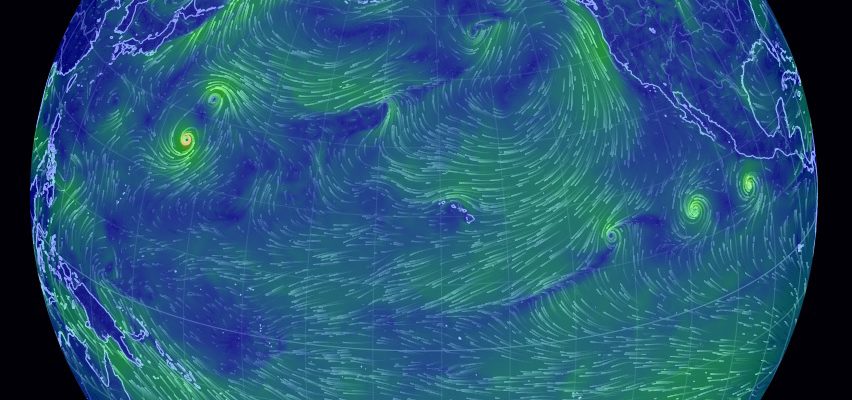
While the Atlantic has been relatively inactive as far as tropical storms go this year (although they are still ahead of normal in named storms), the Pacific Ocean has been hopping. Weather Underground posted a story describing the eight storms that occurred at the same time across the Northern Pacific Ocean at https://www.wunderground.com/news/eight-tropical-cyclones-pacific-july2017. You can…
-
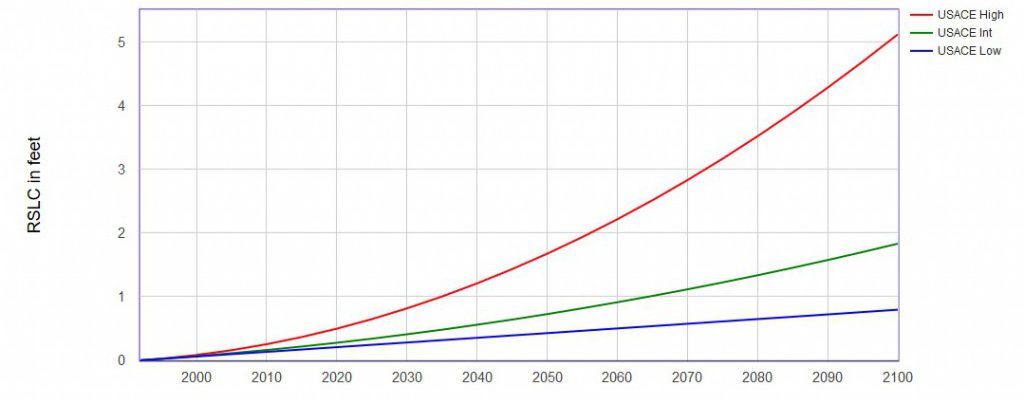
The US Army Corps of Engineers has produced a new tool that will help coastal planners identify the likely sea level rise that they may expect to occur over this century. The tool provides three levels of rise which show the range of possible values that coastal managers will have to deal with. You can…
-
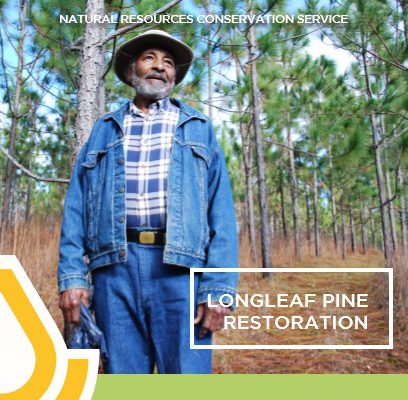
The National Resources Conservation Service has released a new implementation strategy for longleaf pine restoration that has some useful resources for foresters. It describes the importance of longleaf pine communities in keeping ecosystem diversity and discusses plans for how to maintain and improve longleaf pine forests. You can read more about it at https://www.americaslongleaf.org/ with…
-
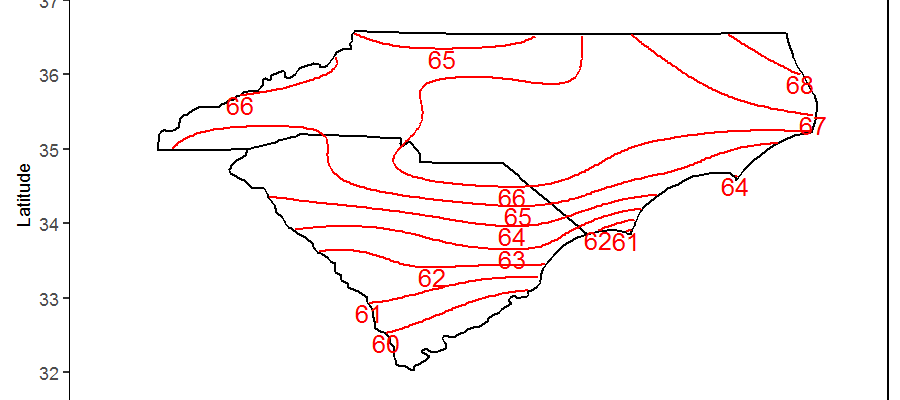
One of the products featured at this week’s AASC meeting in Asheville is a new atlas of precipitation patterns and probabilities in the Carolinas which was developed by the Carolinas RISA project in conjunction with the National Integrated Drought Information System in the past few years. It provides a number of maps and other resources…
-
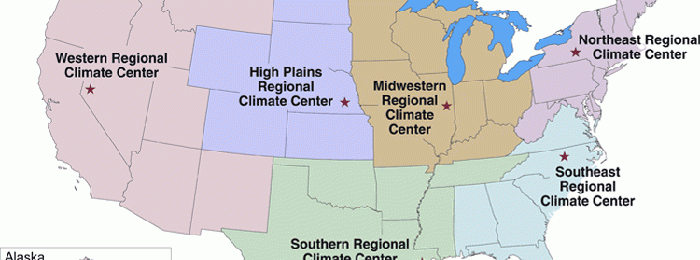
Another group that is involved with the American Association of State Climatologists at their annual meeting this week is NOAA’s regional climate centers. There are six of them around the US, including the Southeast Regional Climate Center which provides great information and tools like the Climate Perspectives tool. Like state climatologists, regional climate center folk…
-

There have been many stories published about the upcoming solar eclipse in August 2017, which will be visible across the Southeast. You can see a movie of what it will look like at your location by going to https://eclipsemega.movie/simulator?lat=31.45046290000001&lng=-83.50849729999999 and entering your location in the box.
-
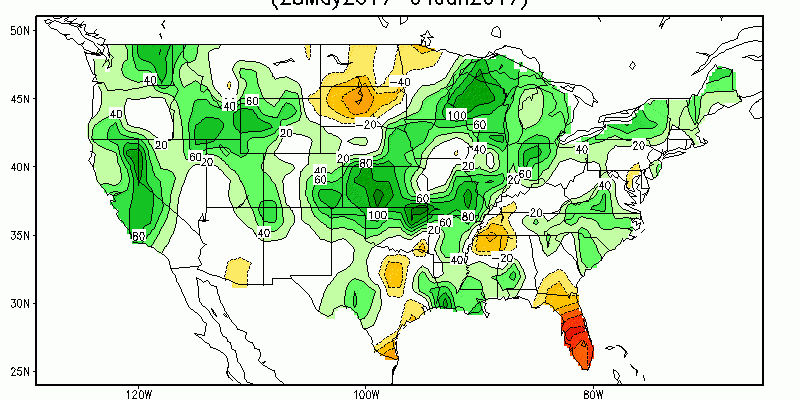
If you are looking for maps on conditions relating to current drought, precipitation, soil moisture, agriculture or water supply, a great place to start is the “Data, Maps and Tools” page of the Drought Portal at https://www.drought.gov/drought/data-maps-tools. It has an amazing array of maps and tools that are well-organized into different categories that can be accessed…